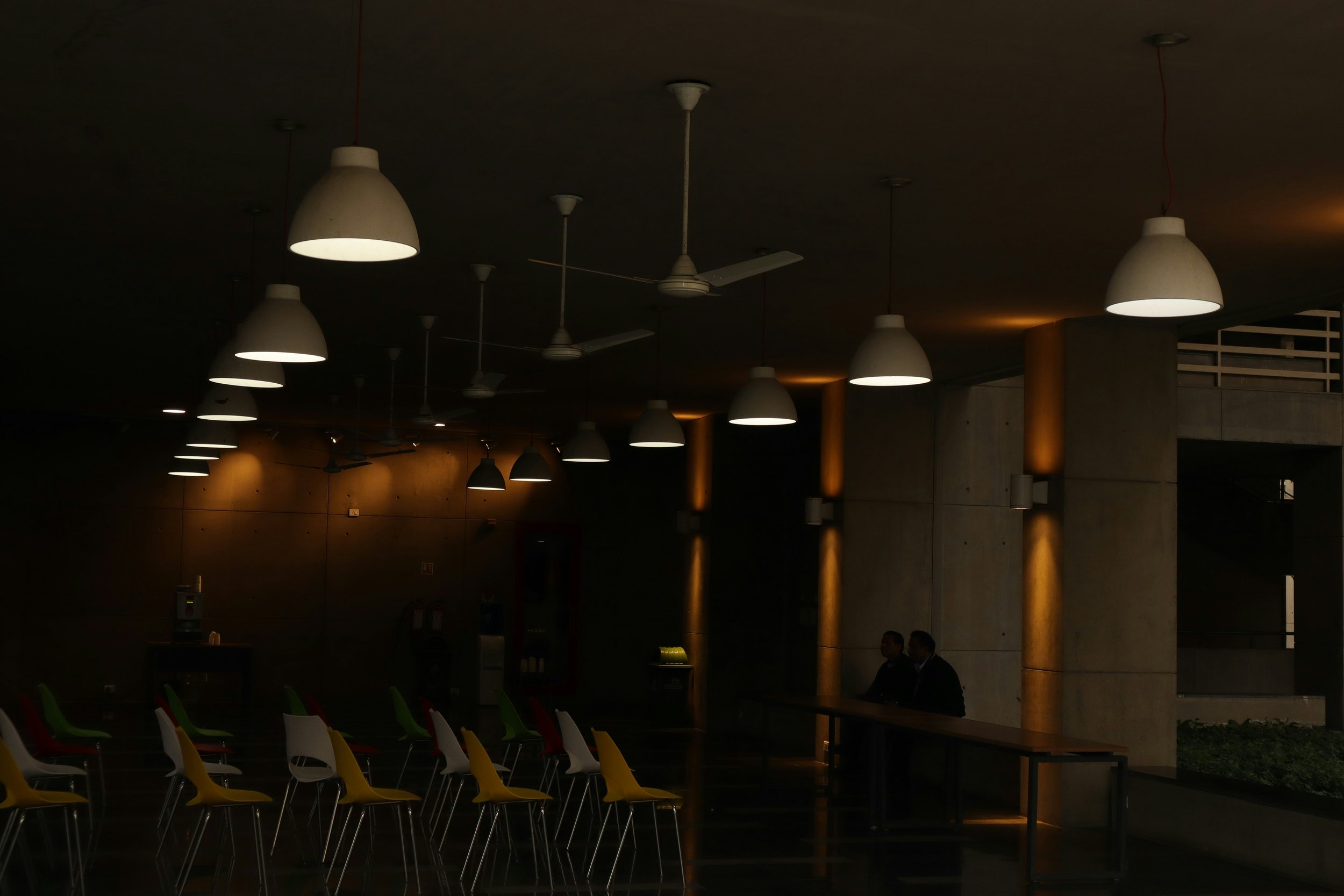India’s Severe Underemployment Crisis
A Reuters survey of economists found the majority to say that the biggest challenges for the Indian government post-election will be addressing unemployment. This is matched with sentiment on the ground: a CSDS-Lokniti survey found the largest concern for voters is unemployment, with 29% saying it was their foremost voting issue.
While India enjoys a moderately low unemployment rate of 4.7% in 2023, significantly lower than 8% a decade ago, half of India’s working-age population is out of work, as seen in the country’s starkly low labor force participation rate of 51%. For context, China has a 76% participation rate, while the United States’ is 62%. Partially driven by India’s inability to get women in the workforce — 25% of India’s women work, while even neighboring Pakistan and Bangladesh have higher labor participation rates from women — India also struggles to employ workers that are too low-skilled for the service economy (think technology and IT) jobs the country’s leaders hope will drive employment growth; India’s literacy rate is 74% compared to China’s 97%.
2024 Parliamentary Election Results
Reason 1: Polling
For the last decade, Indian polls have consistently undercounted BJP support. Thus, strong showings in exit polls after the election predicting a strong win for Modi were largely perceived as accurate, if not conservative. For the first time, the opposite was true.
Discrepancies in exit polling, which also caused wrong predictions in the U.S. 2016 presidential election, often arise from “secret supporters”—voters who back candidates like Modi in India or Trump in the U.S. but falsely claim to pollsters that they voted for the opposition. This gives us insight into what voters perceive as a taboo to admit voting for in the mainstream, despite privately holding those views. The rise of voters lying to pollsters that they voted for Modi while secretly voting against suggests that over the last ten years, opposing Modi has gone from mainstream to taboo in India.
Reason 2: Uttar Pradesh
The northern state home to the Taj Mahal is the country’s most populous and has been a stronghold of BJP support. In 2014, the BJP won most of the seats, 62 of 80. Last week, it was only able to secure 33, with most flipping to Samajwadi Party, a local socialist political group part of the INDIA coalition.
This is especially troubling considering Modi himself is a member of parliament representing a constituency in Uttar Pradesh, a strategic political move Modi made despite hailing from and previously leading the state of Gujarat.
Earlier this year, Modi inaugurated a temple in Ayodhya, a city in Uttar Pradesh considered to be the ancient birthplace of the Hindu god Ram. Considered an auspicious and highly supportive event for his supporters, many have interpreted the BJP’s loss in the state as the voters saying economic progress is far more important than Hindutva (pro-Hindu) policies.
Considered an auspicious and highly popular event by his supporters, many interpret the BJP's loss in the state as voters reminding leadership that economic progress still trumps Hindutva (pro-Hindu) policies in importance.
Reason 3: Unemployment
India still has hundreds of millions depending on welfare for survival and is still recovering from a sharp decline in middle-income earners (many who were forced back into poverty) during the COVID-19 pandemic. The economic recovery paired with high inflation means that India’s middle class likely did not benefit from India’s strong GDP growth as much as lawmakers had hoped. Among its economic pains, structural unemployment stands out as a difficult one for India to solve; we wrote the below on India’s unemployment crisis, which you can read here.
This is largely driven by what experts call a decade of “jobless growth.” In an interview with Fareed Zakaria GPS, former RBI chair Raghuram Rajan said that India’s economy is driven by a “population dividend.” India’s GDP growth, which still lags behind other countries’ peaks like China, Taiwan, and South Korea at 10%, is far more attributable to a fast-growing population than it is to wealth creation. India’s GDP per capita has grown more slowly than Thailand, Indonesia, or Bangladesh since 1970.
Another telling sign of India’s employment crisis is that low-paying civil service jobs (called “peons”), which require no more than an elementary school education, often receive millions of applications from those far too qualified. When the northern Indian state Uttar Pradesh posted a job for 368 peon jobs; 2.3 million applied, including thousands of PhD holders. In another case, hundreds of doctors and lawyers were interviewed for a peon job in the northwestern Indian state of Rajasthan.”



